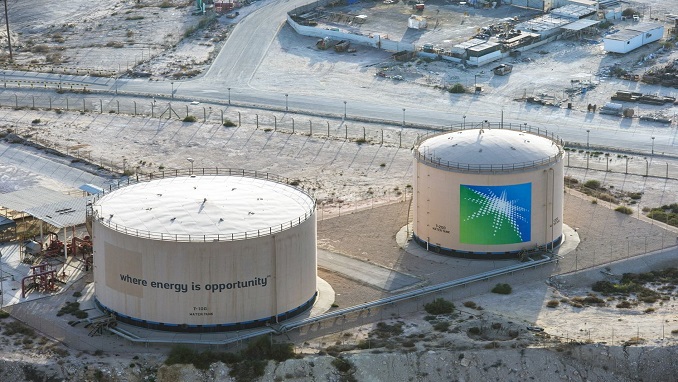
The world’s largest oil-exporting company and second most valuable firm, Saudi Aramco reported record-high earnings for 2022 driven by higher crude prices.
Saudi oil giant’s regulatory filing on Sunday to the Tadawul stock exchange, where its shares are traded, shows that annual net profit for the 12 months to the end of December 2022 surged 46 percent to $161.1 billion.
Per Aramco’s statement, the numbers in its filing represented its highest annual profits as a listed company, nearly matching the so-called Big Oil majors Shell, BP, Exxon Mobil, Chevron, and TotalEnergies’s combined record figure which beat Aramco only by around $30 billion.
In 2022, Aramco’s crude production amounted to roughly 11.5 million bpd, with the company noting that it was the stronger crude oil prices, higher volumes sold, and improved margins for refined products that underpinned its record-setting earnings.
After Russia’s military offensive in Ukraine last February, the global benchmark for two-thirds of the world’s oil, Brent, soared to a notch under $140 a barrel next month, the highest in 14 years.
As Ukraine-related Western sanctions threatened to limit the sale of Russian crude on the global market raising fears over Russian supplies, oil prices spiked last year.
Aramco’s CEO, Amin H. Nasser, said in a statement on Sunday that Aramco has embarked on the largest capital spending program in its history to leverage its unique advantages at scale and be part of the global solution given the real risks of underinvestment in the industry as it anticipates that oil and gas will remain essential for the foreseeable future, contributing to higher energy prices.
Aramco plans capital expenditure of some $55 billion this year on investment in capital projects in order to gradually reach 13 million bpd by 2027, with the amount increasing until about the middle of the decade.
As part of its growth strategy, the company also plans to potentially increase gas production by more than 50 percent by 2030 as it continues to expand its downstream business to meet anticipated future demand.

Be the first to comment